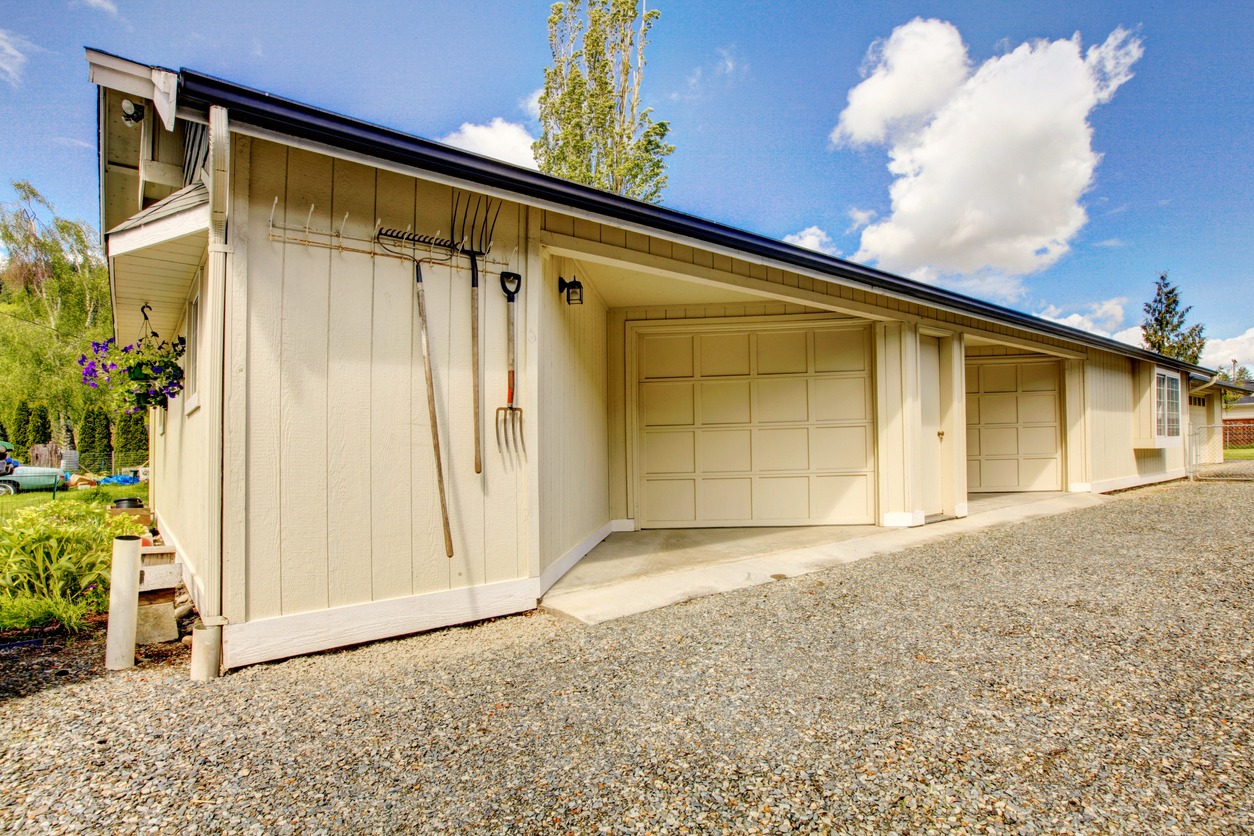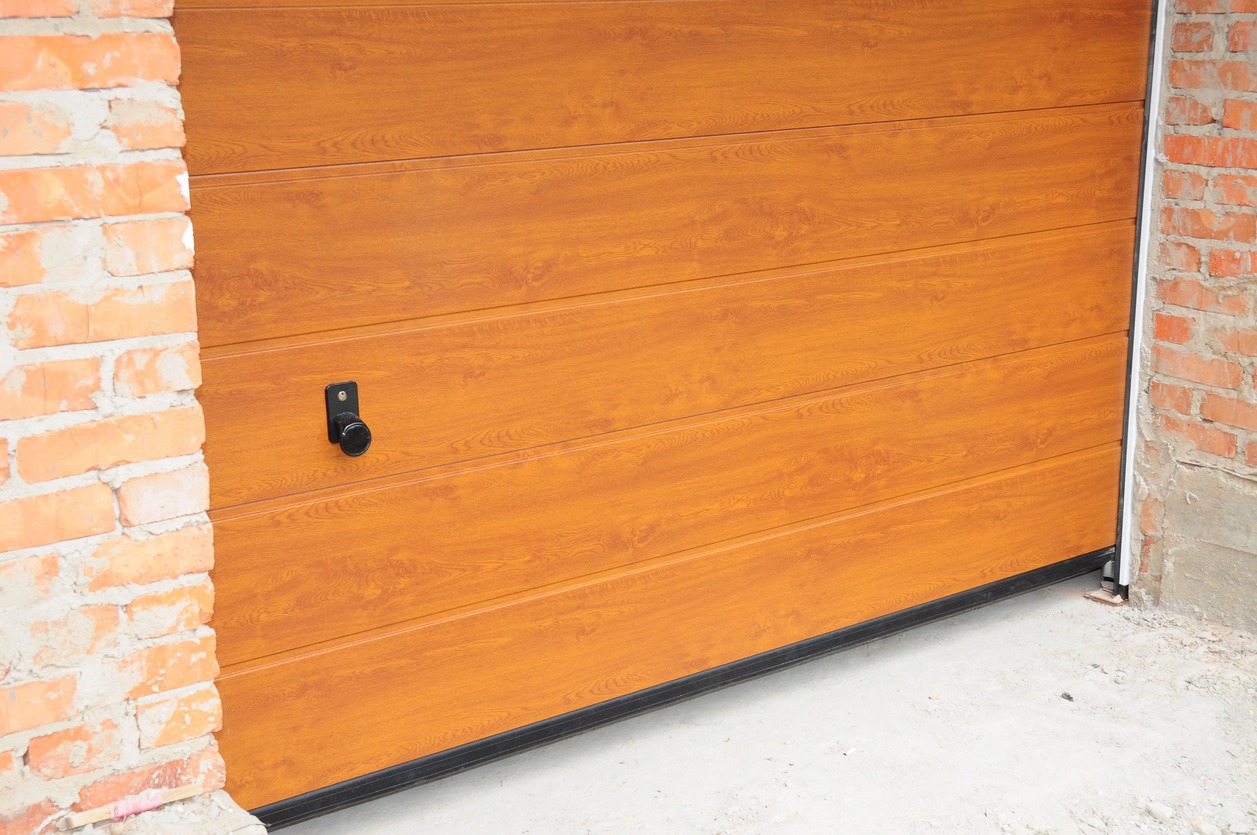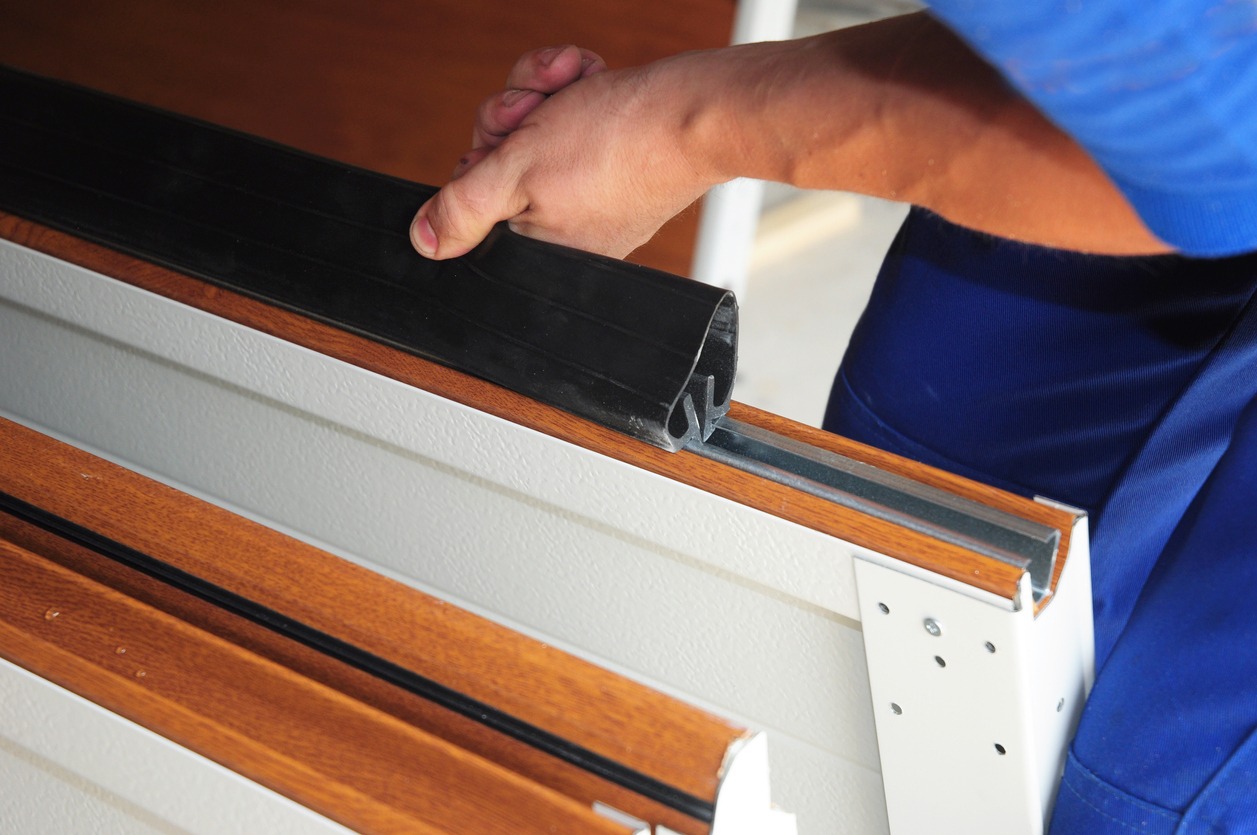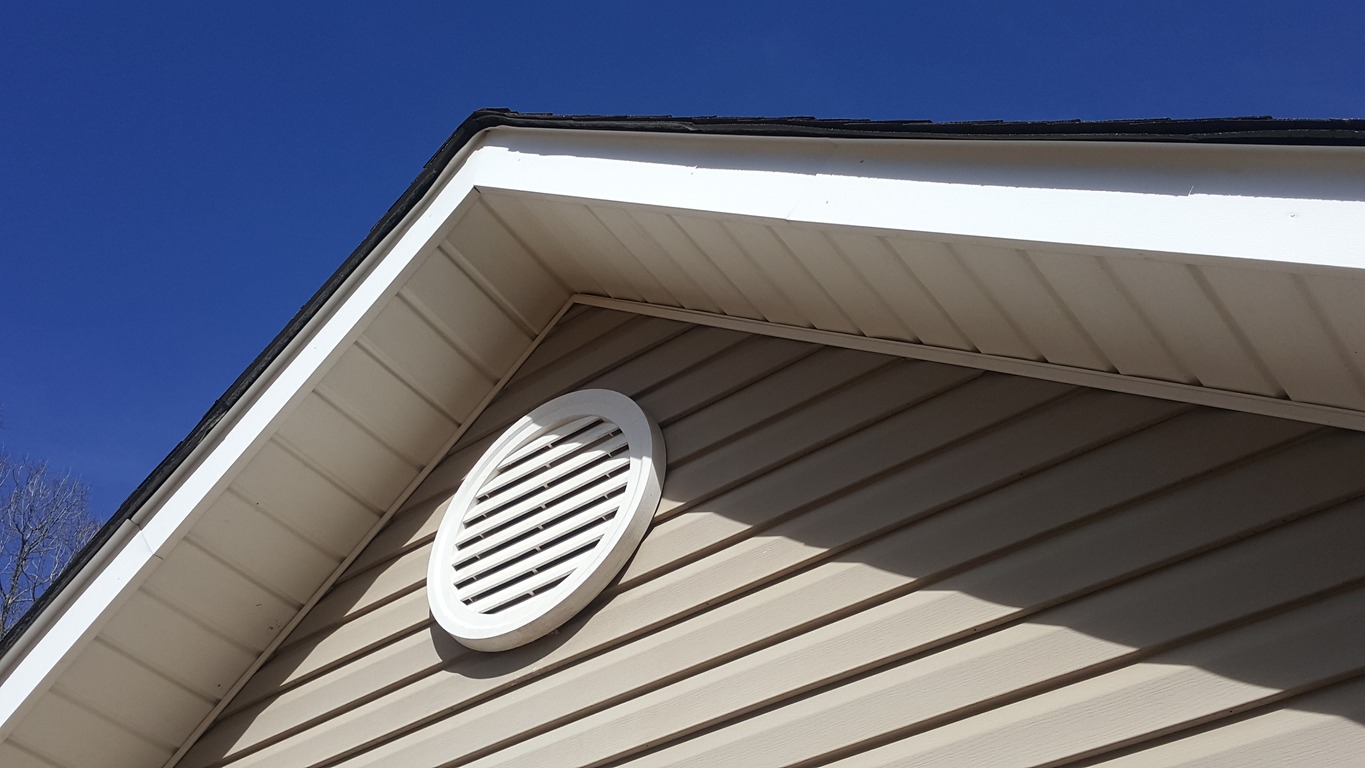The garage, often considered an extension of the home, plays a crucial role in daily life. Many now use it as the primary entryway, leading to frequent opening and closing of garage doors throughout the day.
This article explores comprehensive maintenance tips for garage ventilation and insulation, focusing on temperature regulation and moisture prevention. Moving past insulation kits, we dive into winter warmth strategies, cool summer tactics, and consistent temperature tricks for every season. We explore how location, garage color, and ventilation influence your garage’s feel. From active and passive ventilation to smart air conditioning, each section is a nugget of wisdom.
The Importance of Garage Insulation Kits
When it comes to your garage’s climate, insulation takes center stage in the pursuit of comfortable temperatures. Insulating garage doors acts as a crucial first line of defense against external temperature fluctuations.
It goes beyond merely keeping the cold out in winter; it’s about maintaining a consistent and pleasant atmosphere throughout the year. The reduction of air loss and prevention of external air infiltration not only contribute to energy cost savings but also enhance the overall structural durability of your garage. Remember, it’s not just about installing any insulation; it’s about considering the R-value for insulation kit effectiveness, ensuring the material meets your specific needs. To reap the full benefits, professional installation is key, guaranteeing a precise fit and optimal results.
Winter Warmth: Strategies Beyond Insulation
As winter sets in, effective climate control in your garage involves more than just insulation. Cleanliness becomes a prerequisite for warmth retention. A well-maintained garage is better equipped to trap and hold warmth. Inspection and replacement of weather stripping are next on the checklist, addressing potential points of heat loss. Sealing air gaps in doors and windows is equally crucial, preventing chilly drafts from infiltrating your space.
Don’t stop at insulated doors – consider adding insulation to uninsulated walls and ceilings, fortifying your garage against the cold. When it comes to combatting winter’s chill, exploring various heater options, from traditional space heaters to advanced wall-mounted units, provides customizable solutions for maintaining a cozy environment.
Summer Cooling Tactics
As temperatures soar, managing the heat in your garage requires a strategic approach. Natural ventilation is a cost-effective way to keep your garage cool. Ensure that your garage is well-ventilated, allowing fresh air to circulate freely. Planting trees strategically around your garage provides natural shade, acting as a shield against the sun’s direct rays. Before parking your car in the garage during scorching summer days, consider pre-cooling it to prevent a sudden temperature surge. Installation of fans, be it ceiling fans or portable ones, enhances airflow, making your garage feel significantly cooler. For extreme heat, contemplate air conditioning options, weighing factors like cost, available space, and the effectiveness of your garage’s insulation. Don’t forget the basics – maintaining garage cleanliness and organization contributes to better airflow, ensuring a more pleasant atmosphere.
Controlling Garage Temperature Throughout the Seasons
Achieving consistent garage temperatures requires a year-round approach. Insulation and weather stripping emerge as steadfast solutions. Opt for garage wall insulation and insulated garage doors for a comprehensive temperature control strategy. Tailor your cooling and heating solutions to the seasons – add a heater in winter and strategically use fans in summer. Flooring choices also play a role in temperature regulation; materials resistant to temperature extremes help maintain a comfortable environment. Timing your garage activities based on outdoor temperature fluctuations ensures optimal comfort, allowing you to enjoy your garage space throughout the year.
Factors Influencing Garage Temperature
Understanding the factors influencing garage temperature is crucial for effective climate control. Start by analyzing the impact of your garage’s location. Consider sun exposure and prevailing weather conditions to tailor your approach. The color of your garage doors and exterior surfaces affects heat absorption, contributing to temperature variations. Assess the effectiveness of your ventilation systems, exploring both passive methods like roof vents and active ventilation systems. The presence of parked vehicles in your garage can influence temperature, especially if they’ve been baking in the sun. Here, insulation plays a pivotal role, contributing to efficient temperature moderation in both hot and cold conditions.
Garage Cooling Solutions: Practical Tips
Extreme heat and humidity pose unique challenges that require thoughtful solutions. Tailor your garage cooling strategies to your specific climate, addressing the nuances of various weather conditions. Understand how temperature impacts your daily tasks in the garage, emphasizing the importance of a comfortable working environment. For non-air-conditioned spaces, practical tips provide alternatives, ensuring that your garage remains a usable and enjoyable space despite temperature challenges. Overcoming these limitations requires a mix of insulation, ventilation, and strategic planning.
Garage Ventilation: Active and Passive Approaches
Ventilation is a dynamic aspect of garage temperature control, with both active and passive approaches playing integral roles. Passive ventilation through roof vents allows for efficient heat dissipation without relying on energy consumption.
Active ventilation systems, though requiring a greater upfront investment, provide precise control over airflow for optimal temperature regulation. Balancing energy consumption with mechanical ventilation is key, ensuring that your garage remains a safe and effective environment. Professional installation of ventilation systems guarantees both safety and effectiveness, providing peace of mind in your pursuit of a well-ventilated garage.
Air Conditioning: Balancing Cost and Effectiveness
When considering air conditioning for your garage, finding the right balance between cost and effectiveness is paramount. Central air conditioning, while effective, may not always be the most practical or affordable solution. Explore options for smaller air conditioning units, including window-mounted and portable units, tailoring your choice to your garage’s size and layout. Ensure thorough insulation to maximize the efficiency of your air conditioning system, preventing unnecessary energy wastage. By striking the right balance between cost and effectiveness, you can achieve a comfortable, well-cooled garage without breaking the bank.
Insulation: A Fundamental Element for Temperature Control
The role of insulation extends beyond mere temperature control, delving into the realm of energy efficiency. Opt for comprehensive insulation solutions that cover walls, ceilings, and doors, creating a well-insulated envelope for your garage. Choose insulation materials based on their effectiveness, considering factors like the R-value to ensure that your insulation meets the required standards. Weatherstripping and silicone caulk complement insulation efforts, sealing any potential gaps and contributing to an airtight environment. By prioritizing insulation, you’re not just regulating temperature – you’re investing in the long-term energy efficiency and comfort of your garage.
Maintaining Order for Efficient Airflow
Don’t overlook the impact of clutter on garage airflow; it’s a factor that’s often underestimated. Organizational solutions, ranging from cabinets to overhead storage racks, play a pivotal role in creating clutter-free spaces. The arrangement of storage systems contributes to improved airflow, ensuring that air circulates freely and effectively. By enhancing your garage’s usability through cleanliness and organization, you’re not only creating a more pleasant space but also optimizing airflow for better temperature control. Remember, a well-ordered garage is a comfortable and efficient one.
Conclusion
Achieving optimal garage temperature involves a multifaceted approach encompassing insulation, ventilation, and strategic maintenance. By implementing the discussed tips, readers can transform their garage into a comfortable, climate-controlled space suitable for various activities throughout the year. Whether dealing with winter chills or summer heat, a well-maintained and insulated garage ensures a pleasant environment and contributes to energy efficiency.



